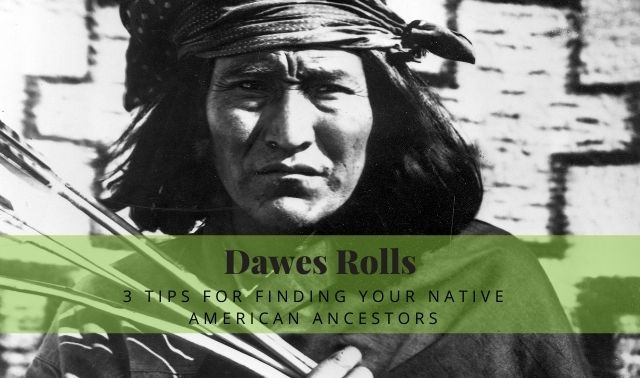The Dawes Rolls hold immense significance in Native American history and modern tribal enrollment processes. Created in the early 20th century, these records list individuals from the Five Civilized Tribes—Cherokee, Chickasaw, Choctaw, Creek, and Seminole—who were recognized as tribal members. Today, they are vital for verifying ancestry, applying for tribal citizenship, and understanding genealogy.
From their historical background to their role in present-day identity and legal matters, this article explores what the Dawes Rolls are, how they were formed, and why they remain critical. By understanding their purpose and controversies, readers can better grasp their value and relevance.
What Are the Dawes Rolls?
The Dawes Rolls, also known as the Final Rolls of the Five Civilized Tribes, were official lists compiled between 1898 and 1914. They were designed to register members of these tribes to distribute communal land into individual allotments under the Dawes Act. Each person was recorded with their name, roll number, tribal affiliation, and blood quantum, making these rolls the primary reference for tribal membership today.
For many descendants, proving a direct link to someone listed on the Dawes Rolls is essential for tribal enrollment. This makes them a critical historical and legal document for both individuals and tribes.
Historical Background of Dawes Rolls
The Dawes Act of 1887 aimed to assimilate Native Americans into mainstream society by dividing tribal land. For the Five Civilized Tribes in present-day Oklahoma, this required a comprehensive registration process. Federal agents interviewed thousands of individuals, documenting personal details and categorizing them by “Indian by Blood,” “Freedmen” (descendants of freed slaves associated with tribes), or other designations.
While initially focused on land allotment, the Dawes Rolls became the definitive record of tribal membership. However, the process was often flawed, with some people excluded due to bureaucratic errors or political biases. Despite these limitations, the rolls became a cornerstone for defining tribal citizenship in later years.
Role of Dawes Rolls in Tribal Enrollment
Today, most of the Five Civilized Tribes use the Dawes Rolls to determine eligibility for membership. For example, the Cherokee Nation requires applicants to prove descent from an ancestor listed as “Cherokee by Blood.” Applicants provide official documents—such as birth and death certificates—linking them directly to the person on the rolls.
Membership grants not just legal recognition but also cultural connection, access to healthcare, education assistance, and voting rights within the tribe. Thus, the Dawes Rolls directly impact both individual identity and community belonging.
Genealogical Importance of Dawes Rolls
For those exploring family history, the Dawes Rolls are an invaluable resource. They provide details that can help trace ancestry from the late 19th to early 20th centuries. Many researchers use online databases, archives, or tribal records to locate ancestors and verify connections.
Even beyond legal purposes, these rolls help families reconnect with their heritage. They offer insight into ancestral names, relationships, and locations, making them essential for anyone interested in Native American genealogy.
Controversies Surrounding the Dawes Rolls
Despite their significance, the Dawes Rolls are not without controversy. Many people were excluded due to clerical mistakes, language barriers, or discriminatory practices. Additionally, the classification of “Freedmen” has led to disputes over tribal membership rights, with lawsuits challenging exclusions of descendants from full citizenship.
Moreover, the original intent of the rolls—to divide land—resulted in the loss of vast areas of tribal territory. This historical context fuels ongoing debates about their fairness and legacy in Native American history.
Accessing the Dawes Rolls Today
The Dawes Rolls are available through resources such as the National Archives and the Oklahoma Historical Society. Digital databases allow users to search by name, tribe, or roll number. For official tribal enrollment, certified copies and supporting documentation are often required, making accurate research essential.
For anyone seeking to reclaim their heritage or secure membership rights, understanding and using the Dawes Rolls effectively is a vital first step.
Conclusion
The Dawes Rolls remain a key link between history and identity for Native American tribes and their descendants. Originally created to enforce assimilation policies, they now serve as a foundation for tribal citizenship, legal recognition, and genealogical discovery. While their history is complex and sometimes controversial, their impact today is undeniable.
Whether for personal ancestry, legal enrollment, or historical study, the Dawes Rolls continue to shape lives and preserve cultural connections across generations.
Five FAQs About Dawes Rolls
1. What are the Dawes Rolls?
They are official records listing members of the Five Civilized Tribes between 1898 and 1914.
2. Why were the Dawes Rolls created?
They were made to register tribal members for land allotment under the Dawes Act.
3. Are the Dawes Rolls used for tribal enrollment today?
Yes, many tribes require proof of descent from someone listed on the rolls.
4. Where can I access the Dawes Rolls?
They are available online through the National Archives and tribal history resources.
5. Why are the Dawes Rolls controversial?
Exclusions, errors, and historical injustices tied to land loss make them contentious.
Read Also : Eyewitness Reports and Expert Insights on the Recent Texas Plane Crash

